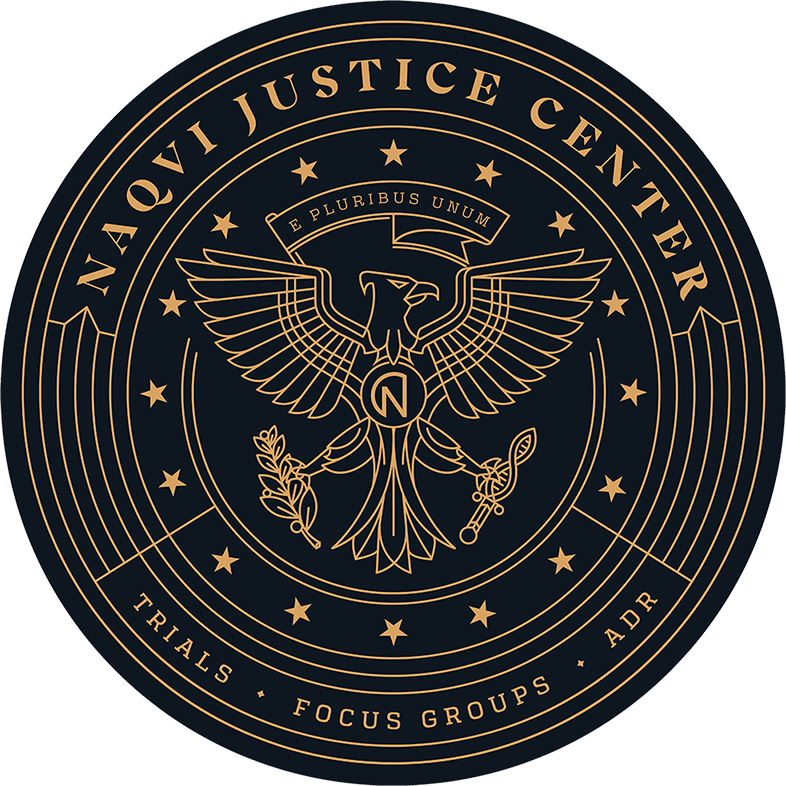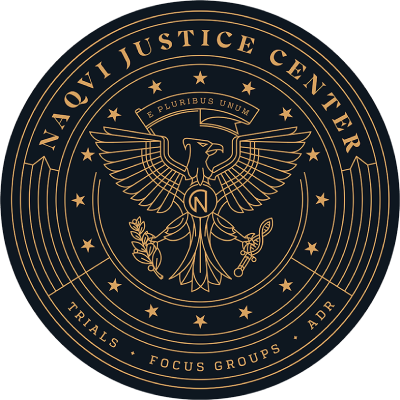Investigators believe that a tire blow-out, or another similar defect, caused a deadly car accident on Interstate 15 near the Valley of Fire interchange. A man in a pickup truck, who was apparently not wearing a seatbelt, flipped over after he lost control of his vehicle. The victim was thrown from the wreck and died at the scene. His name was not released, pending notification of relatives. No other details were available.
Vehicle Manufacturer Liability in Las Vegas
Human error causes all but about 5 percent of the fatal car crashes in Nevada. So, defective products and other non-operator issues cause hundreds of car wrecks a year. Many times, such defects occur suddenly, and the victims have absolutely no warning or no way to avoid the crash. Moreover, many vehicle manufacturers sometimes compound this issue. They bury negative information about the vehicle and its component parts in order to increase sales or drag their feet when executing mandatory repairs and recalls.
Victims are often entitled to substantial monetary compensation in these cases. Additionally, there are several theories of recovery available. Some prominent ones include:
- Strict Liability: If the defect occurred because of a design error or manufacturing error, the victim need only prove causation or a link between the defect and the damages. The core of a design defect case is that the vehicle or part was inherently unsafe. Often, the manufacturer chooses a cheap design or cheap parts to increase its profit margin, even though that decision puts people at risk. A manufacturing defect, such as an issue on the assembly line, must occur before the vehicle gets into the hands of a Nevada retailer.
- Negligence: If the tortfeasor (negligent actor) failed to adhere to the standard of care during the entire manufacturing and sales process, the victim is entitled to damages if the lack of care actually and proximately caused the damages. Unlike strict liability, the victim may pursue negligence claims against the manufacturer even if the vehicle was bought used.
- Breach of Warranty: These claims arise under the Uniform Commercial Code. Unless the seller specifically waives the warranty in writing, the vehicle must be free of product defects and exceed other minimum quality standards.
In addition to compensatory damages, juries often award significant punitive damages in product defect cases. Such damages are important to punish the tortfeasor and deter future wrongdoing.
Contributory Negligence in Nevada
Commonly, insurance company lawyers do their best to shift blame to the victims in car crash cases, therefore reducing, or even eliminating, the amount of damages their insured parties must pay. For example, in the above case, the insurance company might argue that the victim was speeding or driving carelessly and that behavior, instead of the defective tire, caused the crash.
In many states, insurance companies can use seatbelt non-use to reduce damages under a contributory negligence theory. But Nevada lawmakers have expressly outlawed the so-called seatbelt defense, so use or non-use of an available restraint system is irrelevant in Las Vegas. The prohibition makes sense. Seatbelts have nothing to do with accident causation, and the jury does not need to sort out hypertechnical issues, like the way the victim wore the seatbelt of the type of car seat that a child victim used.
Reach Out to an Aggressive Attorney
Manufacturers are usually responsible for the injuries that their defective products cause. For a free consultation with an experienced personal injury lawyer in Las Vegas, contact Naqvi Injury Law today, because you have a limited amount of time to act.

